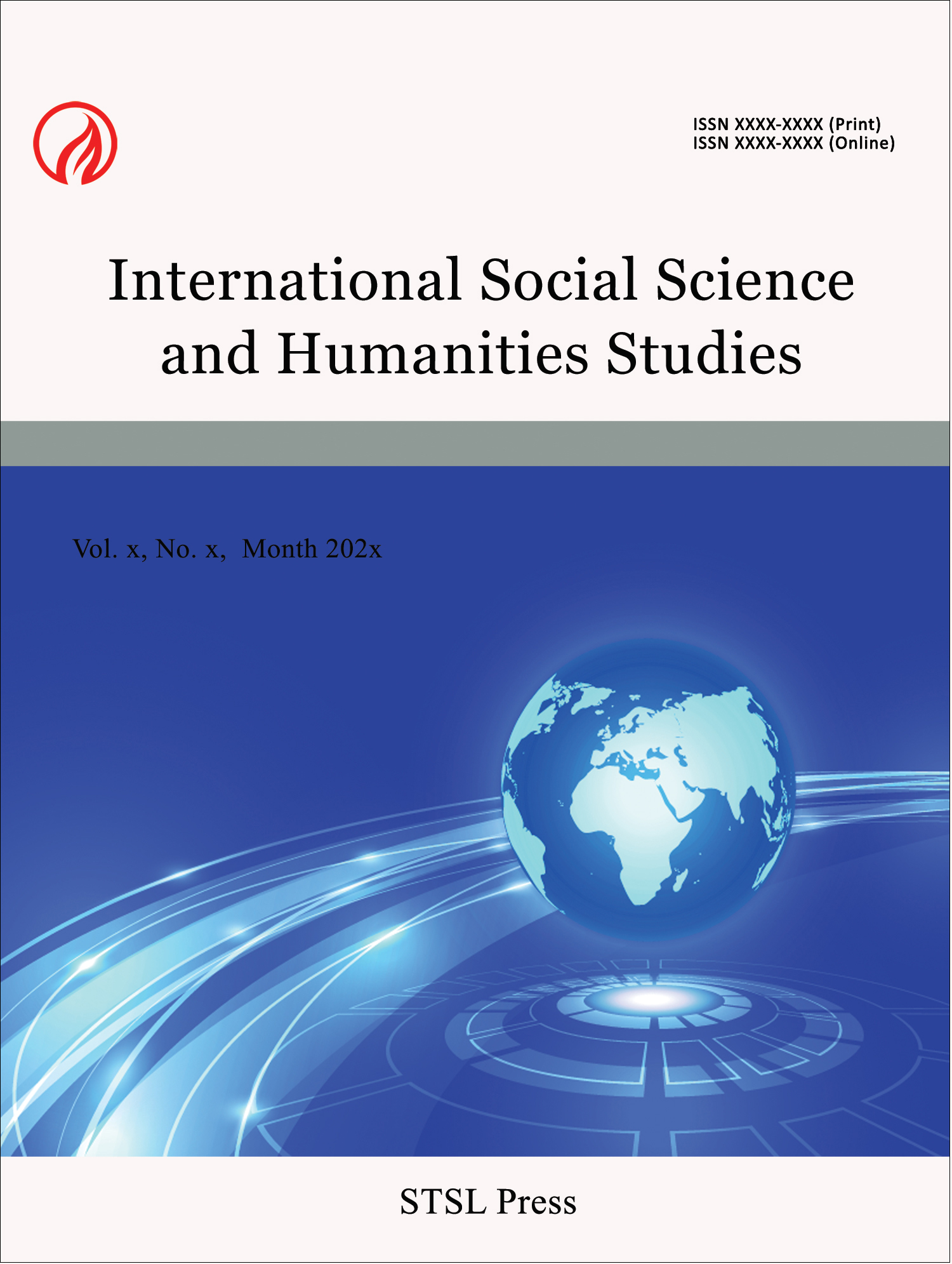Road Infrastructure and Development Imbalance of Melong over Kekem Activated by the National N0 5 Highway in Cameroonian
Tende Renz Tichafogwe
Abstract
The Douala-Melong-West Region road infrastructure has elicited the development advancement of Melong to the unfortunate reversion of Kekem from the Douala-Kekem-West Region road infrastructure deviation. This paper posits that while Melong is improving in spatial growth and socio-economic development, Kekem is dwindling. A multispectral Landsat satellite imagery of 1978, 2001 and 2018 were used to determine the spatial expansion of the towns over a forty years period. Some 170 questionnaires were administered to households of the towns to determine the socio-economic impact of the road. Field observation and focus group discussions were done to have first-hand information on the influence of the road to the towns. An in-depth secondary data collection was done to have information on the contribution of road infrastructures to the growth of towns. The data was processed to generate maps through ArcGIS 10.4 software and tables through Microsoft excel spread sheet for results and analysis. Results from findings divulge an increase in the population of Melong from 10,091 inhabitants in 1976, to 48,180 in 2005 and 61,270 in 2020 with an upsurge of 607% increase in 44 years. This has been accompanied by the spatial growth of Melong as the built-up space has increased from 149 hectares in 1978 to 3,532 hectares in 2018. On the contrary, the population of Kekem that increased from 26,623 inhabitants in 1976 to 45,010 in 2010 witnessed a drop to 43,210 inhabitants in 2020. The built-up area of Kekem that increased from 137 hectares in 1978 to 2,937 in 2001 has slightly changed to 2,363 ha in 2018, indicating a stagnant progression in the spatial growth with abandonment of property and housing. Melong is experiencing an economic boom while that of Kekem is regressing. This paper advocates for an economic re-awakening of Kekem to save the town from city decay.
Paper:
pdf
DOI:
https://doi.org/10.71002/isshs.v1n2p27
 This work is licensed under a
Creative Commons Attribution 4.0 License.
This work is licensed under a
Creative Commons Attribution 4.0 License.
Contact us
- Peter Wilson
- isshs@stslpress.org
